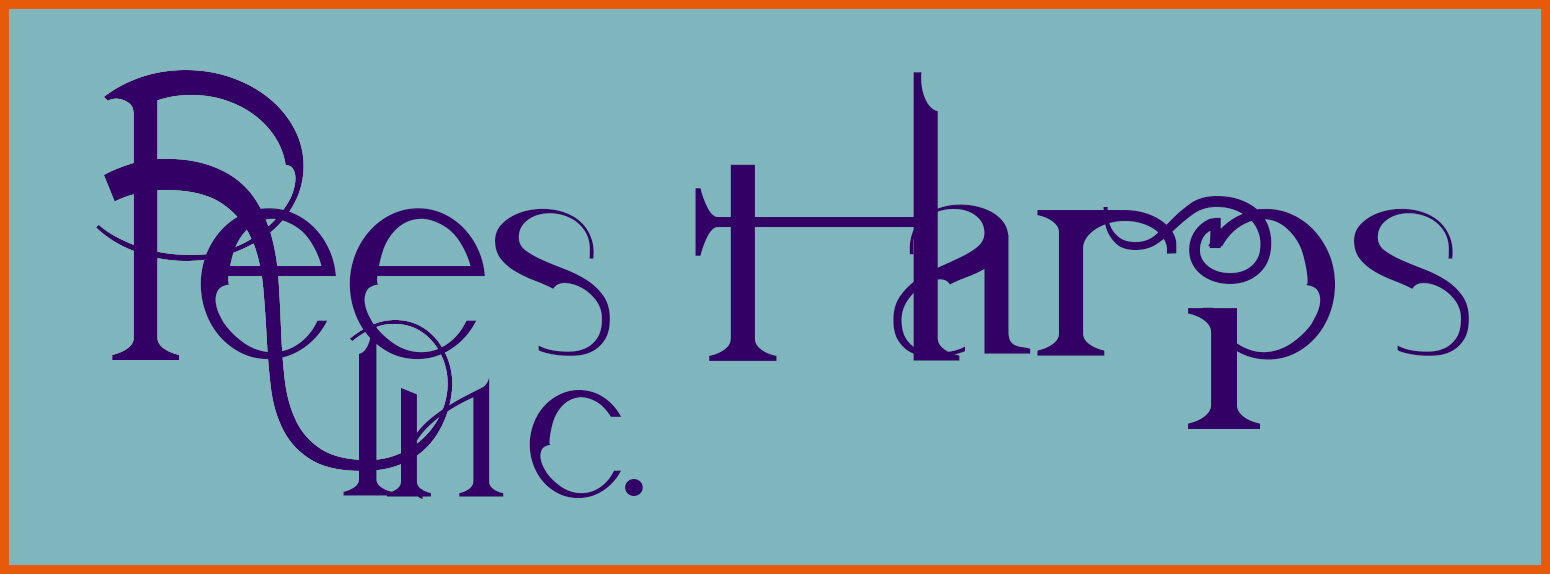Poplar Soundboards!
A Rees poplar soundboard with a maple veneer and walnut ornamentation.
Well over two decades ago we learned that the spruce we were using for soundboards was becoming a threatened species. At that time a list of the types of wood being used for soundboards was incredibly short so William began to experiment. It was a frustrating time as the new woods he tried yielded either inferior voices or would not hold together. One day a friend who was a specialist in hardwoods suggested poplar. William had doubts because, among other things, poplar is a hardwood and, traditionally, lever harp soundboards are made from softwoods, but William, was willing to try almost anything at that point.
When he finished that first harp with a poplar soundboard and we tried it beside our spruce soundboards, the poplar blew the spruce out of the room. There was no comparison. What made it even more exciting was that the evenness of the voice through the entire range had increased. The new soundboards matured faster, were more dimensionally stable and held tune longer. Additionally, poplar is not as prone to potential cracking as brittle woods like spruce. Most importantly, poplar is a plentiful, faster growing, sustainable wood. We felt like we had won the wood lottery.
The one disadvantage of poplar is that it isn’t especially attractive. At Rees we solve that with a thin maple veneer over the poplar and even that ended up improving the overall voice of the harp!
We continue to be pleased with the performance of poplar and are proud to be using and interesting, non-traditional wood for our soundboards. Still, as with all stringed instruments, what you are hearing isn’t a great piece of wood. What you are hearing is a great design and the craftsmanship necessary to make the wood sing.


